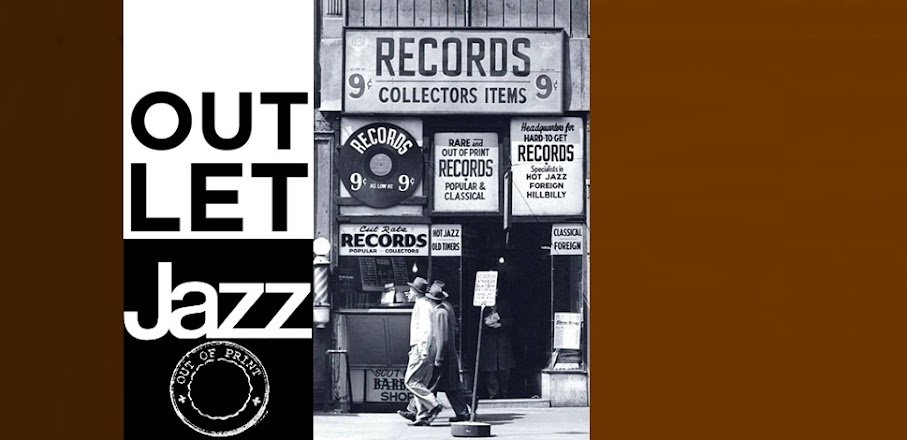The Oscar Peterson Trio
At The Stratford Shakespearean Festival
Throughout the flow of the various albums that the Trio has completed, many critics and listeners have remarked that the feeling and swinging qualities of our group seldom have been captured on records. They also felt that the delicate and communicative rapport that they sensed on our in-person appearances was usually lost in the mechanical and cold confines of a recording studio. I am inclined to agree to the extent that our group performs much better, speaking in a sensitive vein, in places, and under circumstances in which a live audience is involved. It is for this reason that I honestly believe that this recording of the Trio at the Stratford Shakespearean Festival is our best to date.
Relatively speaking, everything was in our favor. First and foremost, the Trio was given two nights (which we shared with the Modern Jazz Quartet), in which to display a cross section view of our musical wares. Secondly, the audiences both nights were not only appreciative, but also cooperative, in that they not only were quiet throughout, but withheld their applause until the end of each solo or number, with the exception of places where they seemed moved to the point where they felt obligated to applaud. This type of genuine and spontaneous appreciation served only to inspire and encourage our efforts, and in no way hindered us.
Thirdly, we were aided by a very helpful John Lewis of the M.J.Q., who lent the engineer a hand in the control room in the monitoring of the Trio. Knowing most of our arrangements from past dual appearances of the two groups, John was able to foresee well in advance any change in the balance structure of the group. (...)
As for myself, I have never felt more relaxed and at ease at a recording session as I have at this one, and I feel that it shows in my playing. I hope that on hearing this album, the listeners agree with me. *Oscar Peterson (from the liner notes)*
Almost as if in answer to the discussion in the June 27 issue between Balliet, Ertegun, and Feather, comes this extraordinary album which presents for the first time the Peterson Trio in the magnificent unit sound it gets in person.
Throughout this album you will find the particular kind of down-home, funky swinging which characterizes the type of jazz more directly linked to the basic roots of the music. Wherever you find it, you will also find that the Trio has, whether or not the tune in question is a blues, given it a blues feel. For, in the final analysis, to play funky is to play with a blues feeling, a low down blues feeling ("how low and how wicked", as Bunk Johnson said) and you can do this with Cole Porter as well as with Memphis Slim by evoking the mood, feeling, and the sound with "blue" chords and notes. This is the folk link that Duke and Basie and the MJQ and others all exploit.
That the Peterson Trio is one of the best musical units in jazz has been accepted in most quarters for some time now. Until the appearance of this album, however, it has not been too easily demonstrated on disc. Here for the first time we have the boiling, bubbling, swinging beat that the group specializes in brought through onto disc. How High and Gypsy, as well as the wonderful Love You Madly, are perfect examples. In Flamingo it's the development of harmony that's striking, but in the other it's the back to the farm swing that's a complete gas.
The album, by the way, was recorded under the personal supervision of John Lewis. That's right. There should be more like this. *Ralph J. Gleason (Down Beat, July 25, 1957 [5 stars])*
Side 1
1 - Falling In Love With Love
(Richard Rodgers, Lorenz Hart)
2 - How About You
(Burton Lane, Ralph Freed)
3 - Flamingo
(Ted Grouya, Edmund Anderson)
4 - Swinging On A Star
(Jimmy Van Heusen, Johnny Burke)
5 - Noreen's Nocturne
(Oscar Peterson)
Side 2
6 - Gypsy In My Soul
(Clay Boland, Moe Jaffe)
7 - How High The Moon
(Morgan Lewis, Nancy Hamilton)
8 - Love You Madly
(Duke Ellington)
9 - 52nd Street Theme
(Thelonious Monk)
Oscar Peterson (piano), Herb Ellis (guitar), Ray Brown (basss).
Recorded live at the Stratford Shakespearean Festival, Ontario, Canada, August 8, 1956












